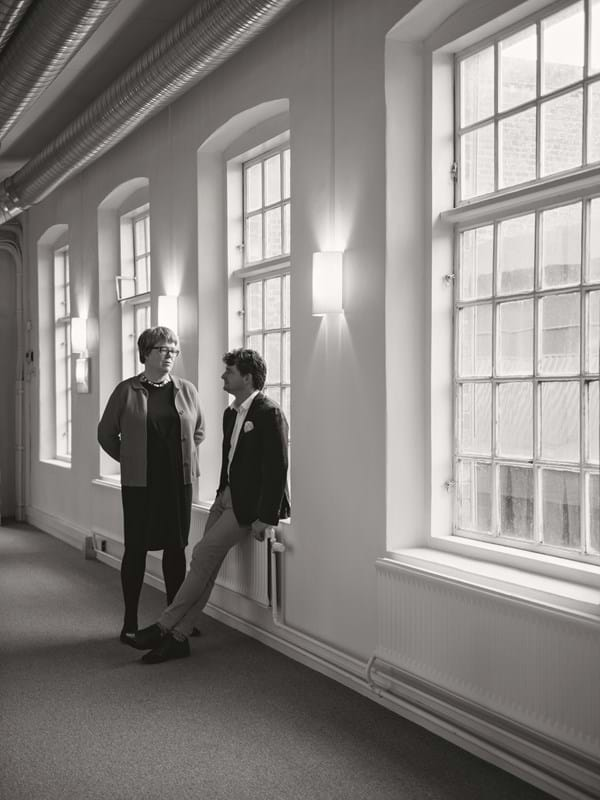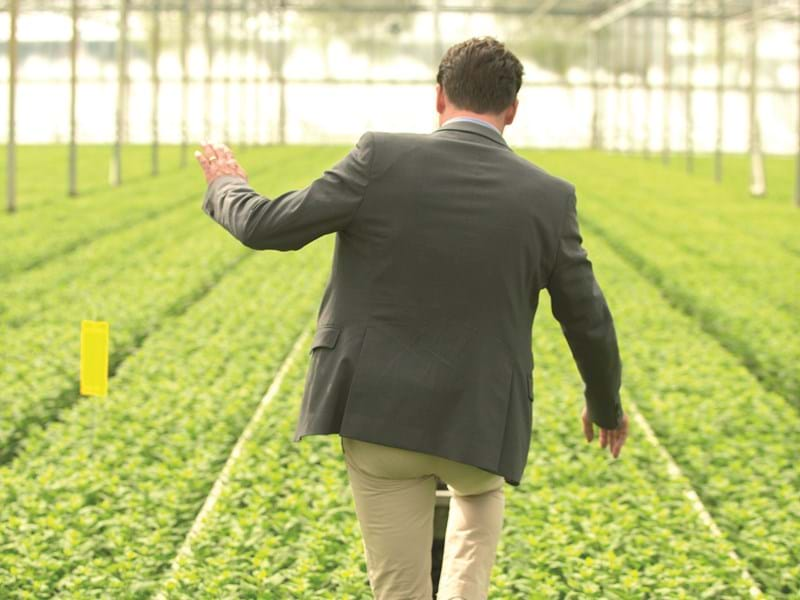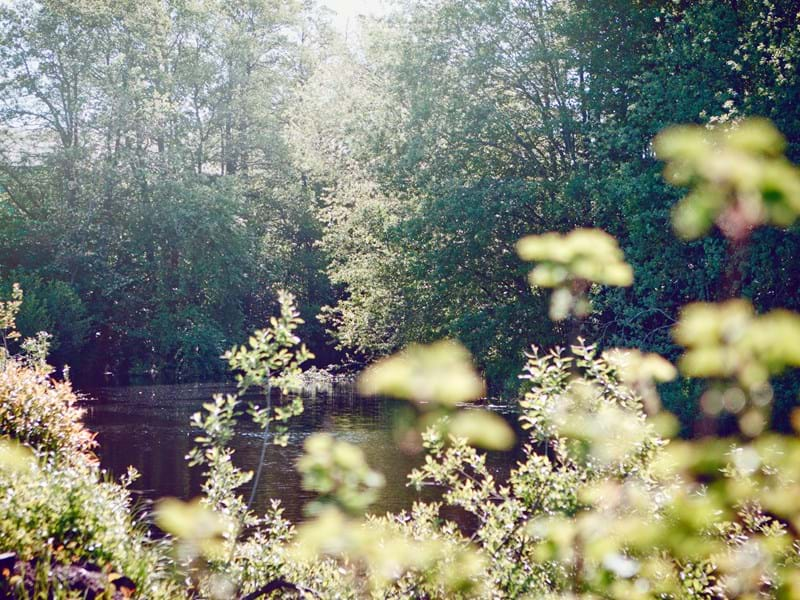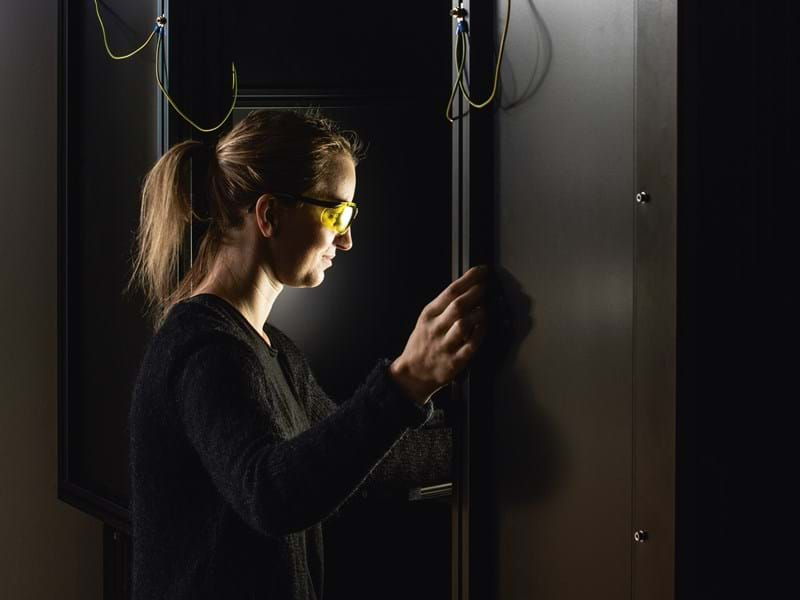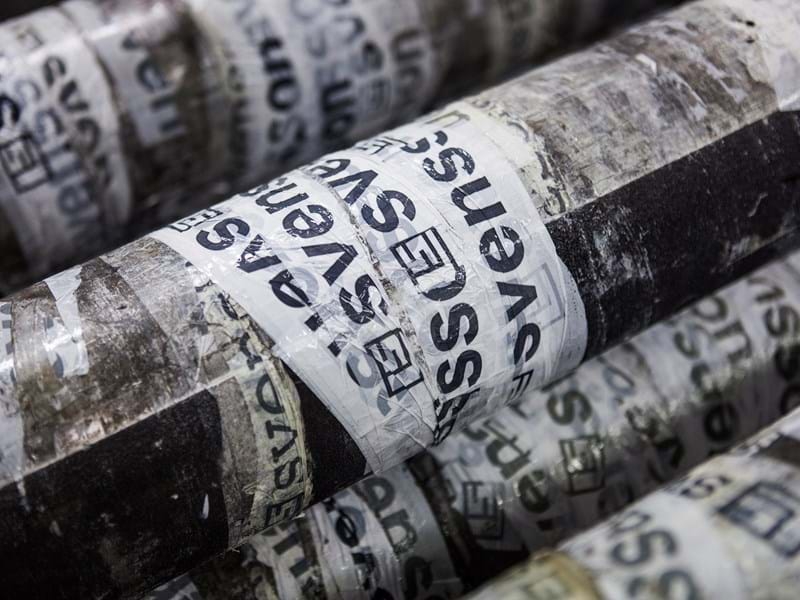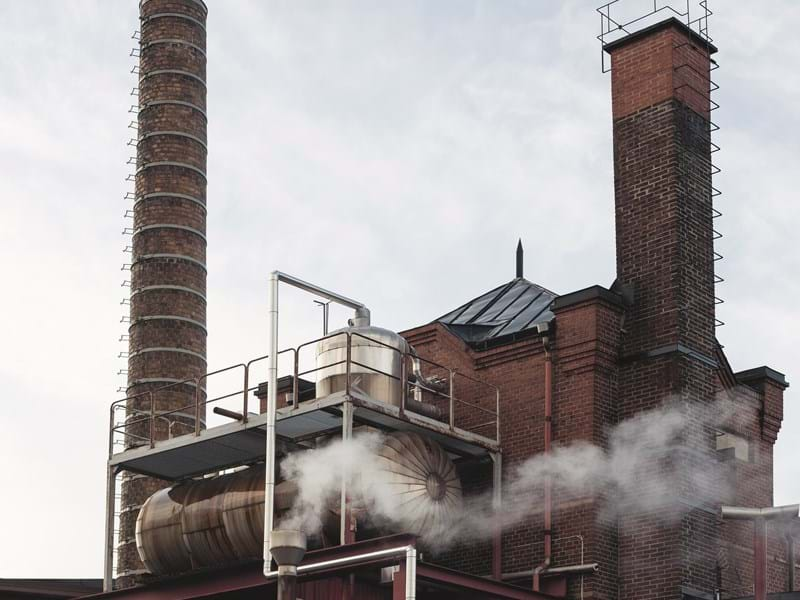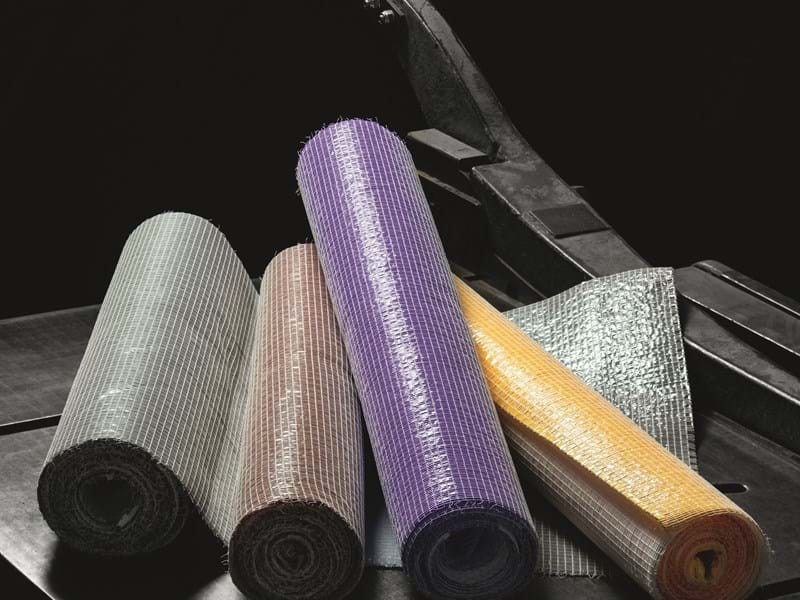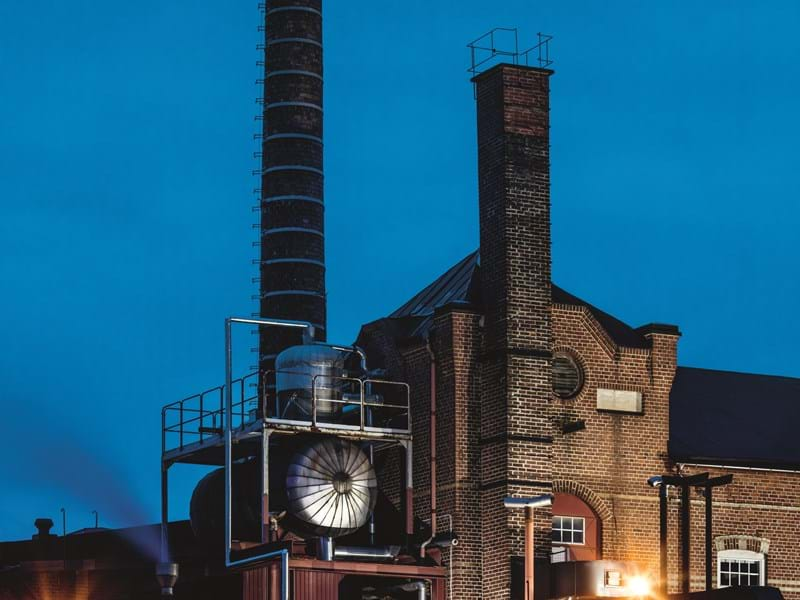Meet The Ludvigson's
Just 10 years ago, Svensson stood at a crossroads. “We began to realize that it would not be enough to continue to create the same fantastic products in light of the competition from more and more copycats. In order to keep expanding, we had to change our entire structure and way of thinking,” says Anders Ludvigson, CEO. That insight was the starting point for a tumultuous but very successful transformation at one of Sweden’s oldest textile companies.
‘In order to keep expanding, we had to change our entire structure and way of thinking’
Today, business is better than ever. “If it were possible, we would increase production by another 50%.” It is a trend that has been noted around the world. In October 2017, Svensson, which has subsidiaries in the US, South Korea, Holland, and China, made the London Stock Exchange’s list of Europe’s 1,000 fastest-growing and most inspiring companies. The goal now is to go from over 700 million Swedish crowns in revenue to a billion crown company.
But to get to the bottom of this success story, we have to go back in time. There have been two strands to Svensson’s business since the end of the Seventies. That was when Technical Manager Göran Henningsson had a flash of genius: in addition to decorative textiles, the company should also focus on climate screens for professional greenhouse growers.
The idea originally came from the Swedish radio celebrity and garden expert Sven Gréen, who was talking about making curtains for greenhouses to save energy. Svensson is today a world leader in climate screens and sells its products to more than 130 countries, but the company’s heritage is in interior textiles. And it owes that success to those who started it all in Kinna, Sweden, in 1887, when Anne and Anders Ludvigson’s great-grandfather, Ludvig Svensson, bought his first weaving machine with his savings.
In the town, the conditions were right for a thriving textile industry. There was hydroelectric power for production, but above all, there were skilled workers. The Sjuhärad region is still known as “the Textile Kingdom,” a reminder that a number of successful textile manufacturers have set up shop here over the years. Most are gone now, but Svensson remains and is still going strong. Today, life in Kinna still largely revolves around the company that Ludvig Svensson founded 130 years ago. The company is the town’s largest employer, and most of the production still takes place in the red-brick mill that was built around the turn of the century.
It’s a compelling story and legacy. In 2015, Anders Ludvigson took over as CEO from his sister Anne, who took the helm at Ludvigson Invest, which owns Svensson and also manages the company’s other assets, including land and real estate. Svensson’s management has long understood that without good housing and schools the town wouldn’t exist. Svensson is Kinna’s lifeblood, but it is equally dependent on the town for its prosperity.
“We could never move the factory away from here. The skills we have in Kinna cannot be found elsewhere. The village is part of our DNA, and we want to support its growth so that it’s attractive for people to live and work here,” Anne says. Anne and Anders grew up in Kinna and were practically raised in the family business. Anne remembers sitting at the office and connecting calls at the old-fashioned switchboard. At that time, social life was largely interwoven with business life, and Anne and Anders’ parents held business dinners at home, which was just a stone’s throw from the factory.

Innovation for customer's everyday life
Textile production went into overdrive during the Swedish housing boom, and Svensson’s brand was so respected that it became part of the 1985 election campaign. Three years earlier, the then prime minister Olof Palme had mentioned Svensson in his annual speech at Almedalen on the advice of his finance minister Gunnar Sträng. Palme kicked off his re-election campaign with a visit to Svensson and concluded in a famous speech: “If all goes well for Ludvig Svensson’s curtain factory, all goes well for Sweden.”
But back to the present day and that definitive moment in 2007. “We were indeed the industry leader, but we were also in a position where we found it difficult to make significant technical advances. We needed to create a company culture that was better at capturing good ideas, and to shift our focus from simply delivering products to building new relationships and offering our customers services and solutions that made us part of their everyday lives,” Anders says.
Innovation consultants and business developers were recruited and new ways of working across departmental boundaries were implemented. No stone was left unturned. Everything was under review. “This was the beginning of something new,” Anders says. “In the past, a lot was left up to senior management, but we understood that if we were to continue to grow more of us needed to take the initiative. When you pool resources and talent from different departments, things start to happen.” Or, as Anne puts it: “You need a whole orchestra, not just a few soloists, to make it all work.” This isn’t just a sound bite that looks good in a corporate presentation, but words to live by. Everyone who starts at Svensson, regardless of their position, must work on the production line. It is important to understand how things work from the ground up. This fosters a sense of commitment and pride.
‘When you pool resources and talents from different departments things start to happen’
Being able to stand on its own two legs in all areas of its operations has served Svensson well. The company emerged relatively unscathed from the recession at the end of the noughties despite greater challenges than anyone could ever have imagined. At the same time that Lehman Brothers’ collapse plunged the world’s banks into the 2008 financial crisis, there was also a surplus of greenhouses in Holland. In one year, Svensson saw 60% of its market vanish, something that would have been expected to devastate any other company.
“Certainly it was tough when we were forced to lay off personnel, but a combination of sound advice from our board members and the sacrifices made by employees allowed us to get through the recession without losing too much momentum,” Anders says. And it helped that it was a family run business that didn’t have to take into account quarterly reports and worried shareholders. “I sometimes get the question, ‘How do you make investments like that and still sleep at night?’ I guess the answer is, ‘We don’t know any other way!’ On the other hand, you can’t go around worrying about having a 130-year legacy to manage.”
Solutions that make a difference
Anders sees himself first and foremost as a “sponsor” of good ideas. “I want to create the right conditions for the team to succeed, and love to ask the question, ‘Why?’ Everything you do must be for a reason, otherwise, it will fail.” Svensson is doing better than ever, “even better than during the construction boom of the 1970s.”
And its products couldn’t be more timely as the world looks for ways to protect the environment and preserve its natural resources. Here, greenhouses will play an increasingly important role in creating a less energy-intensive, more efficient food production system, and Svensson’s products can make a big difference. The next stage in Svensson’s development will be to combine its two business areas. There is a growing market for interior textiles that are both aesthetically pleasing and climate-smart. And Anders says these two areas can be merged together.
“Many growers struggle with tight margins, and we have the resources and expertise to support them,” he says. “We can help them to create better products with shorter cultivation times, and at the same time reduce energy consumption. The same goes for interior textiles. We will talk to interior designers about climate just the same as growers. There are major health benefits to be gained from using the right textiles, but there is also money to be saved. We will not only sell products, we will sell solutions.”
And it’s perhaps this kind of reasoning that encapsulates the true Svensson spirit: “It’s wonderful to know that what we produce contributes to a slightly more sustainable world and a more secure food production system. It’s a pretty nice feeling going to work, knowing that you are contributing.”

